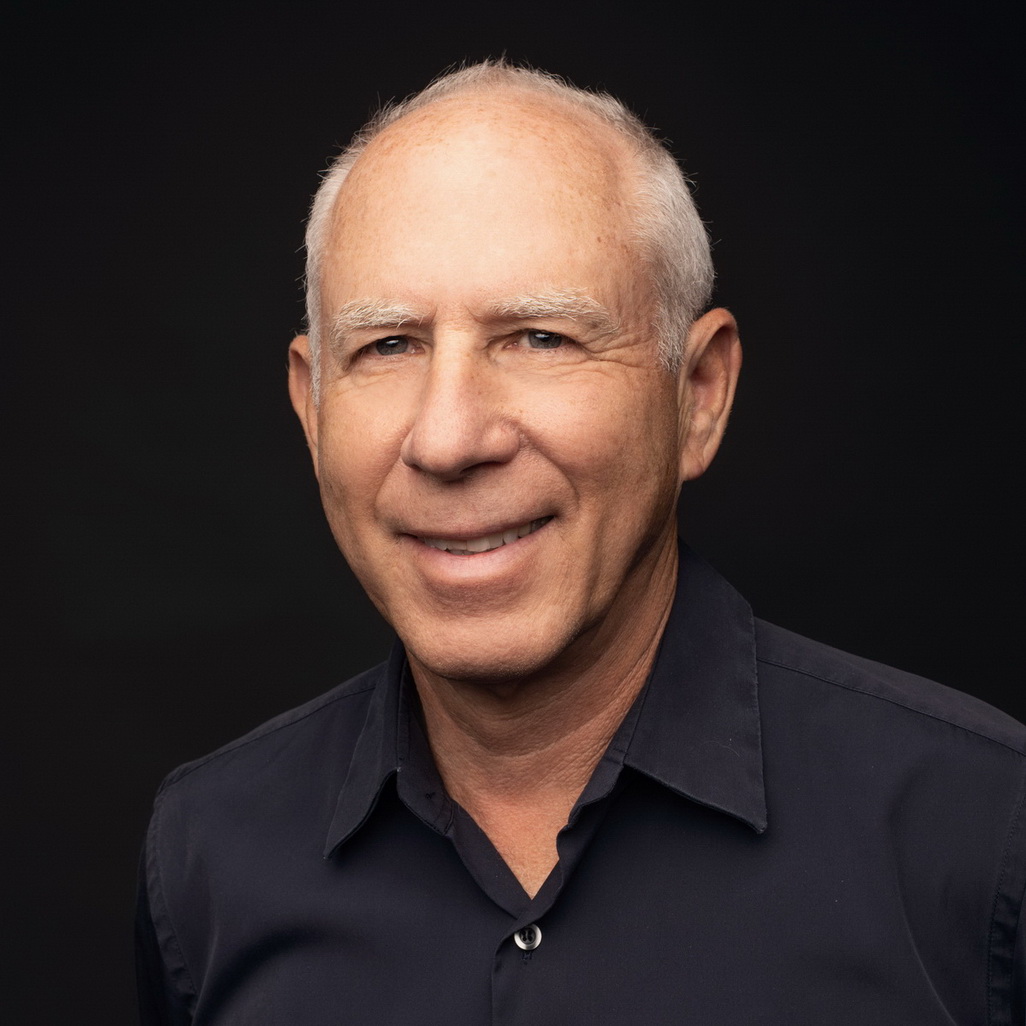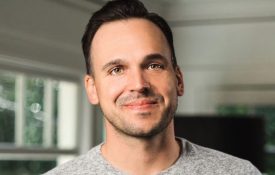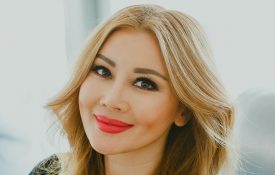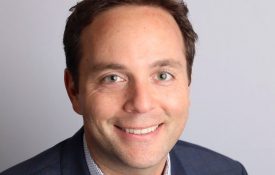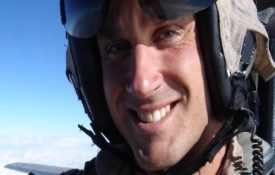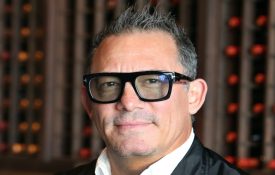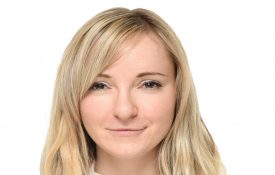What are your biggest business concerns surrounding COVID-19?
Our firm was well prepared for this remote work environment, and I am grateful that we have been able to stay digitally connected and maintain robust productivity. EYRC Architects has always had a business strategy to diversify our work into a wide range of project types and clients. I like to say we’ve done everything from a house to a warehouse to a courthouse to a House of Parliament. Diversity in market sectors will help us weather the storm. Of course, I have many concerns about the economic outlook, and our biggest overarching hope is that optimism will return. All of the projects we are undertaking are based on optimism from the client’s perspective and confidence in the future.

The Ridge Mountain residence designed by Ehrlich in Agua Caliente.
What is your current business strategy for dealing with the situation?
Our current strategy was and is focused on securing the PPP loan, which we were fortunate enough to obtain. Based on this positive news we committed to keep our entire staff roster at full salary for three months. Up to this time, our workload has not decreased significantly (thankfully)—maybe only 10%—but new business inquiries have decreased in certain market sectors (mostly commercial/creative office). However, there are many more unknowns regarding if our current projects may have longer “hold” periods between phases or will be able to secure the necessary funding. It’s the unknowns that make it difficult.
We are planning both for the short and the long term, looking at our financial and business metrics in order to be prepared for a variety of scenarios for the rest of 2020.

The sculptural Ridge Mountain residence features custom works by artists Philip K Smith and David Wiseman.
As a firm we are also taking this time to think proactively about how architecture will change as a result of COVID-19, from workplace to academic design to single-family residential. We have created a wellness task force to refine the way we practice and to explore how resiliency can be incorporated into our current and future projects. We have created our first official “Sustainability Action Plan” which articulates our mission and strategy for incorporating wellness and sustainability in our current and future projects. This includes tools and resources ranging from benchmarking data to modeling tools to tips for talking about incorporating wellness with our clients at different stages of a project. We are also going through a post-occupancy evaluation on a few projects in order to learn from past experiences.
In addition, we have signed onto the Operation PPE program and are currently 3D printing more than 300 components for N95 masks that were donated to USC Keck School of Medicine. We intend to seek out more opportunities to do good with any extra time we have on our hands.

The forthcoming Pendry Hotel in West Hollywood.
How do you think things will look in your industry a year from now?
Resiliency and wellness will be areas of focus for our industry. This time apart has allowed us to push the “reset” button in a way and arrive at a broader perspective on how our climate and environment, particularly the wellness and health of our communities, impact us directly. This was already top of mind for us which is why our firm signed on to the AIA 2030 Challenge. It is a theme for many of our projects including a large student housing project at UC San Diego, which has been designed to foster student wellness and connection to nature.

The private residences at the Pendry in West Hollywood.
Our industry will be impacted by the expanding digital workplace and how this will be integrated into our lives (live/work/play) even when the pandemic ends. We are learning lessons on adaptability and nimbleness and leveraging all the tools we have available. I believe there will be many more Zoom meetings in the future, even when we aren’t in quarantine, and that’s a good thing! It saves time, money, and impacts our planet less.
This time apart has allowed us to push the “reset” button in a way and arrive at a broader perspective on how our climate and environment, particularly the wellness and health of our communities, impact us directly.
What have you learned from other difficult times in the past?
I believe that our firm’s greatest asset is our “human capital”—our people. We have 35 in Los Angeles and 5 in San Francisco. Our priority has been to try to keep our staff together and connected during this difficult time. In 2008 I was a sole proprietor and made business decisions in response to the recession mostly on instinct. Today, with four partners, we are more scientific in assessing our financial planning and business metrics.

The firm also designed Ivy Station, a new mixed-use development in Culver City with HBO as the first tenant.
Safe–and entertained–at Home: What business leaders are doing with their downtime
Morning routine?
I love not having to rush to the office. I have time to read the paper at breakfast, exercise with my trainer on Zoom, then head upstairs to my home office in my sweats.
Currently binging?
My wife and I watch one episode of Ozark every night, which we love, although she insists that our next viewing choice be less dark and bloody. Next up: Ken Burns’ Country Music.
Currently reading?
With the world in crisis, I do mostly consume daily news and analysis on all platforms. I also enjoy reading long, deep-dive articles about global conditions such as income disparity and climate change in the New York Times.
What are you doing to spend quality time with those you’re sheltering with?
My wife cooks fantastic dinners every night, which we enjoy at a leisurely pace. I set the table and light candles. We often have Zoom cocktails with friends near and far. A 6:30 EST drink date with New Yorkers gives me an excuse to have a glass of wine in the middle of the afternoon (weekends only)! I’ve also been talking with friends about the imperiled state of our democracy, and ways we can support and elect more competent leaders.
What are you doing to stay healthy mentally and physically?
Zoom workouts and twice-weekly mixed doubles paddle tennis at our friends’ private court. We take walks in our Venice neighborhood—with so little traffic, the air is fresh and the birds are singing.
Where are you dreaming of visiting once things are back to normal?
We just postponed two great trips. The first was a highly curated art tour through Belgium with collector friends; the second a journey to Cambodia and Vietnam with friends with whom we explored India twice, guided by an expert in Asian culture and food. We can’t wait to reschedule these adventures!






































